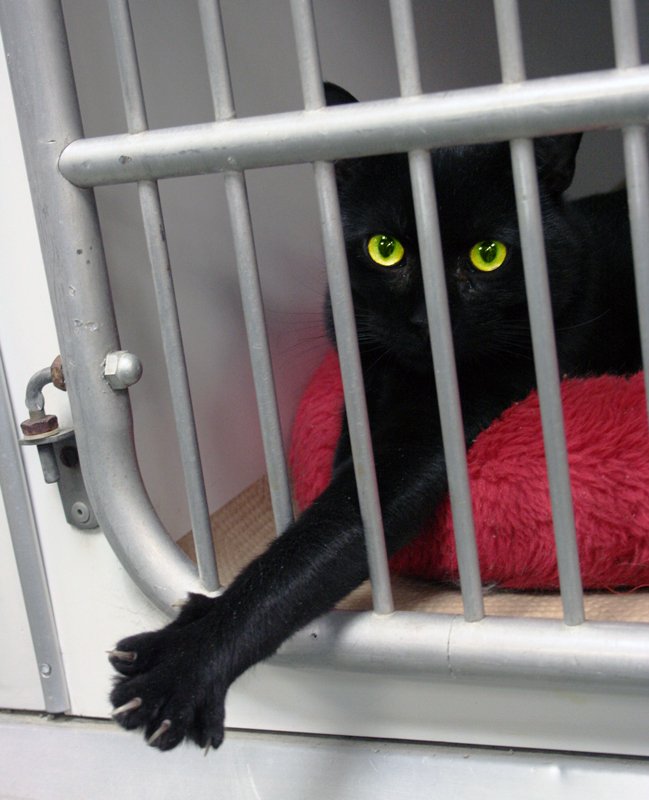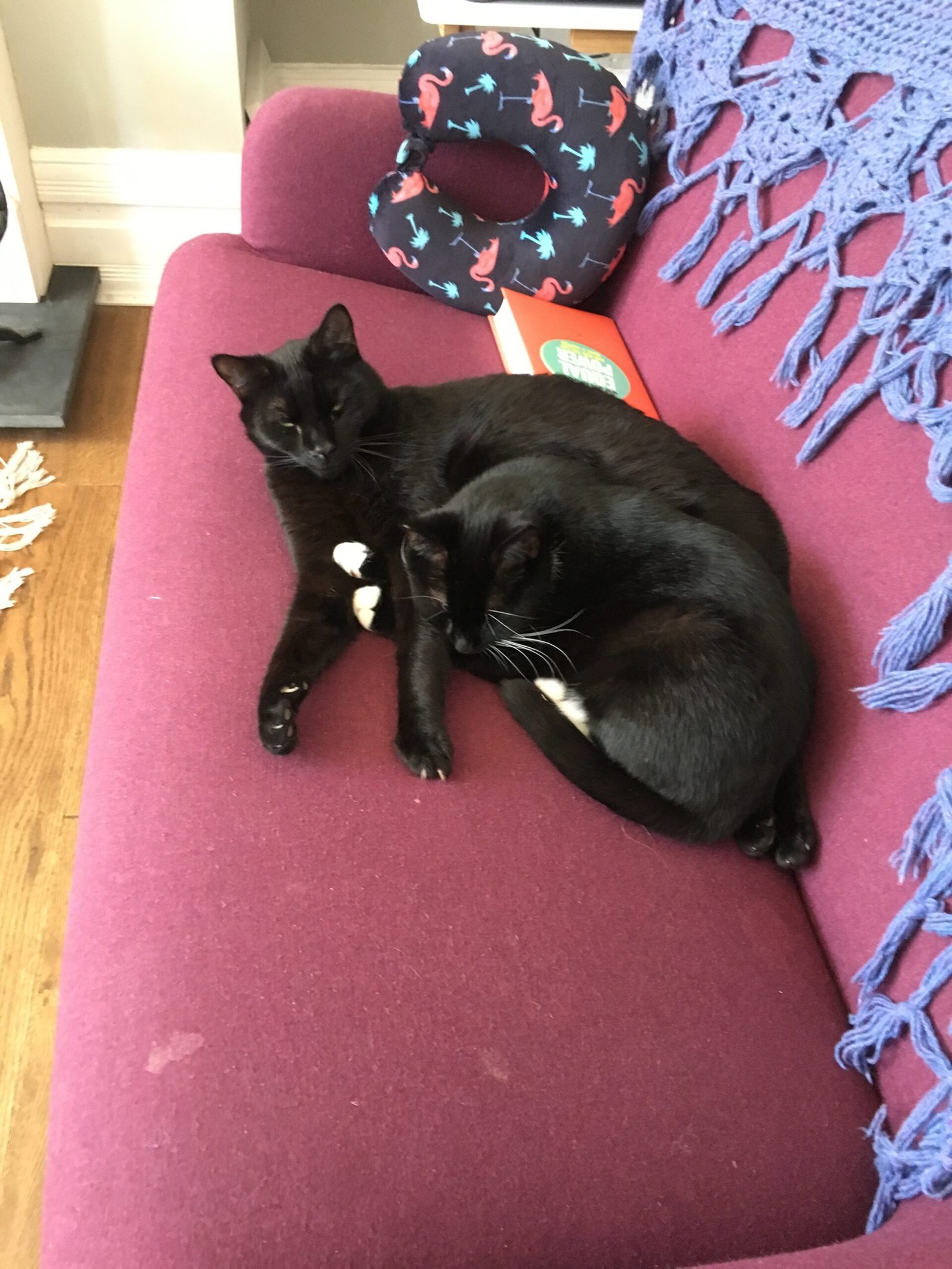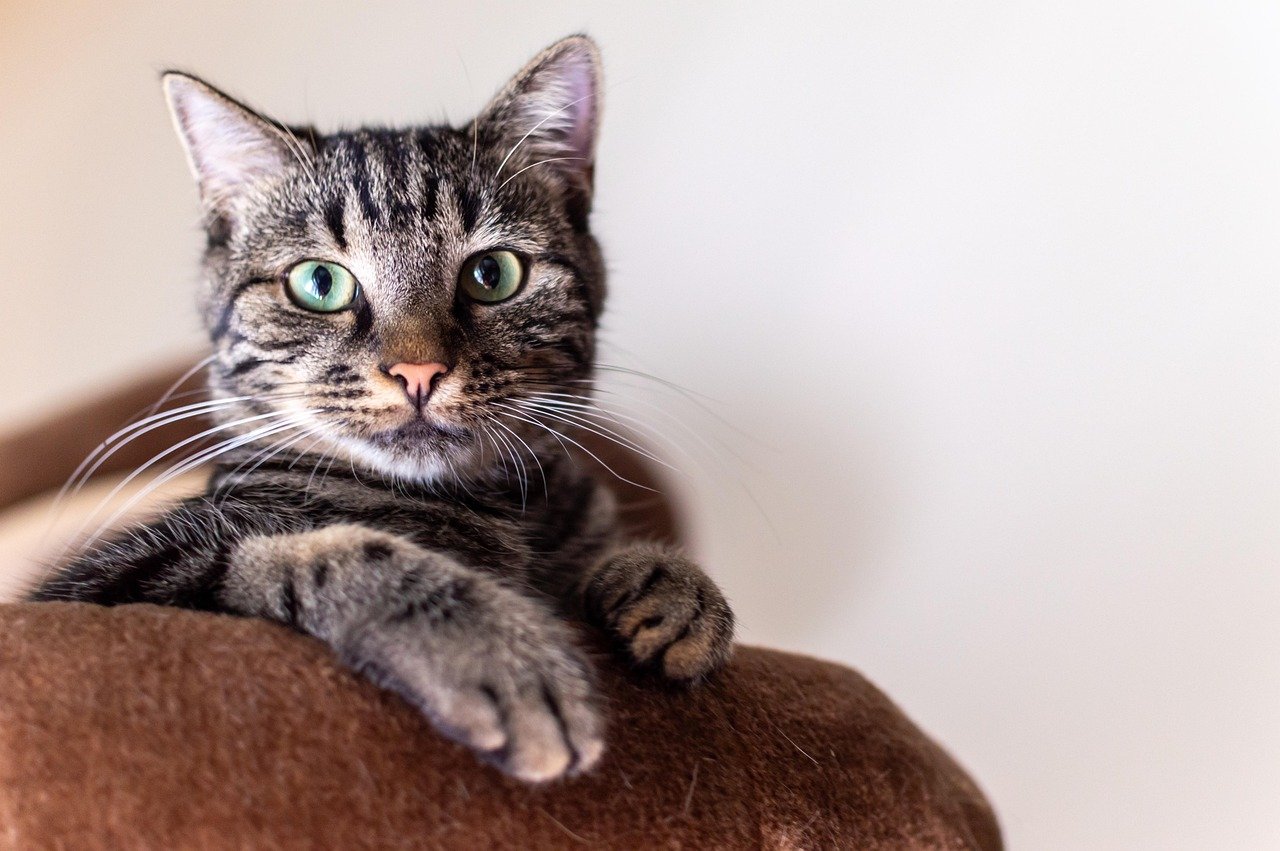Imagine locking eyes with a frightened cat in a shelter, gently reaching out, and watching her slowly trust you for the first time. The moment you bring her home, she curls up in your lap and purrs as if she’s finally safe. Many cat lovers wonder: do our feline friends really remember being rescued? Do they hold on to those memories in their mysterious minds, or do they simply move forward, grateful for a warm bed and endless treats? Let’s unravel the enchanting and sometimes heartbreaking world of feline memory, emotion, and gratitude.
The Mysterious World of Feline Memory

Cats are infamous for their enigmatic personalities, but their memories are just as fascinating. Unlike humans, cats don’t remember events in words or stories. Instead, their memories are more like a patchwork quilt of scents, sounds, and feelings. If you’ve ever seen your cat bolt from the vacuum cleaner or perk up at the sound of a treat bag, you’ve witnessed their memory in action. Scientists believe that cats can remember both positive and traumatic experiences, but the way they recall these events is deeply rooted in their senses and emotions.
Short-Term Versus Long-Term Memory in Cats

Just like us, cats have both short-term and long-term memory. Short-term memory helps them remember where they last saw their toy mouse or which window the bird was perched in. This kind of memory doesn’t stick around for long—just a few minutes to hours. Long-term memory, on the other hand, is the real powerhouse. This is where the memories of being rescued, being loved, or being scared can live for months, years, or even a lifetime. A rescued cat may not remember every detail, but the feelings of safety or fear can linger long after the rescue.
Trauma and Survival: The Impact of Early Experiences

Rescue cats often carry the invisible scars of their past. Traumatic experiences—like abandonment, hunger, or abuse—can leave deep impressions in a cat’s memory. These memories can shape how a cat reacts to new people, places, or even certain sounds. For example, a cat that was rescued from a noisy street might flinch at car horns or loud voices. On the flip side, a gentle and loving rescue experience can teach a cat that humans can be trusted, planting seeds of hope after a rough start.
Attachment and Bonding After Rescue

Many rescued cats form deep bonds with their new families. It’s not uncommon for these cats to follow their humans from room to room, seeking comfort and closeness. Some people believe rescued cats show more affection because they remember being saved. While there’s no scientific proof that cats feel “gratitude” the way humans do, the devotion and trust they display are hard to ignore. It’s as if the rescue becomes a turning point—one that the cat and human both remember in their own special ways.
Recognizing Their Rescuers: Myth or Reality?

Stories abound of cats recognizing their rescuers years later. Some cats have been known to greet an old rescuer with purrs and headbutts, even after years apart. While it’s impossible to know exactly what’s going on in a cat’s mind, their impressive sense of smell and memory for familiar voices make these heartfelt reunions possible. It’s not magic—it’s simply the power of memory and connection at work.
The Role of Scent in Feline Memory

Scent is a cat’s memory superpower. A rescued cat may remember the smell of a kind human, a cozy blanket, or even the soap on your hands. When a cat rubs her face against you, she’s not just marking you as hers—she’s reinforcing a positive memory. This connection through scent can last a lifetime, making familiar smells a comforting reminder of safety and love.
Familiar Voices and the Sound of Rescue

Cats are surprisingly good at recognizing voices, especially those tied to important memories. A gentle voice that offered food, shelter, or a soft word during a scary time can become a beacon of safety. Rescued cats may respond differently to familiar voices, sometimes perking up or relaxing the moment they hear their rescuer speak. This recognition is another piece of evidence that cats do store emotional memories.
Body Language: How Cats Express Memory

Cats might not tell us their stories with words, but their bodies speak volumes. Rescue cats often show their feelings through body language. A cat that remembers kindness might approach with a slow blink or a gentle nuzzle. On the other hand, one who recalls fear might crouch, hide, or hiss. These subtle cues are windows into their world, letting us glimpse the memories that shape their lives.
Behavioral Changes After Rescue

The journey from rescue to recovery is filled with changes. After being rescued, many cats begin to show new behaviors—some blossom into playful, confident companions, while others remain cautious or shy. These changes reflect their past experiences and their ability to adapt. With time and patience, even the most fearful cat can learn to trust again, proving that memories can be healed, not just endured.
Trust: The Hard-Won Gift of Rescue

Trust is fragile, especially for a cat with a rocky past. Building trust with a rescued cat is like planting a garden: it takes time, patience, and gentle care. Each positive interaction—whether it’s a soft pet, a quiet meal, or a warm lap—helps rewrite the cat’s memories. Eventually, many rescued cats learn to trust their humans completely, a testament to their resilience and capacity for love.
Do Cats Feel Grateful?

People love to imagine that rescued cats feel grateful, but the truth is more complex. While cats may not understand rescue in the same way we do, they certainly show appreciation through purrs, headbutts, and snuggles. Some rescue cats seem to stick closer to their humans, seek more attention, or even become extra protective. Whether it’s gratitude or simply comfort, the bond that forms after rescue is undeniably powerful.
Memory Triggers: What Reminds Cats of the Past?

Just like humans, cats can be triggered by sights, sounds, or smells that remind them of their past. A certain type of food, a specific noise, or a familiar scent can transport them back to a moment of fear or happiness. These triggers can lead to sudden changes in behavior—anything from hiding under the bed to excitedly running to the kitchen. Understanding these triggers helps caregivers provide the best support for their furry friends.
Signs Your Cat Remembers Their Rescue

While we can’t ask our cats directly, there are plenty of signs that suggest they remember being rescued. These include:
– Seeking comfort from their rescuer during stressful times
– Showing affection or attachment to one particular person
– Displaying excitement at familiar routines or objects
– Reacting to certain triggers with fear or happiness
Each of these behaviors hints at a memory tucked away in your cat’s heart.
The Healing Power of Routine and Security

After a traumatic rescue, routine and security are a cat’s best friends. Predictable schedules, cozy hiding spots, and gentle handling help rebuild shattered trust. Over time, these routines become positive memories that replace old fears. For many rescue cats, the simple act of being fed at the same time each day can become a comforting ritual, reminding them that life is now safe and predictable.
Stories of Unbreakable Bonds

There are countless heartwarming stories of rescued cats forming unbreakable bonds with their saviors. Some cats have been known to “choose” their humans, following them around shelters or even leaping into their arms. Others have been reunited with rescuers after years apart, showing instant recognition and affection. These stories tug at the heartstrings and make us believe that cats do, in their own way, remember being rescued.
Adoption Day: A Memory for a Lifetime?

For many cat owners, adoption day is unforgettable. But does your cat remember it too? While they may not recall every detail, the emotions of that day—fear, relief, excitement—can leave a lasting impression. The first cuddle, the first meal, and the first night in a safe home all become woven into your cat’s tapestry of memories.
From Fear to Trust: The Long Road Home

The road from rescue to trust is often a long one. Some cats adjust quickly, while others take weeks, months, or even years to feel truly at home. Every tiny step—a tentative sniff, a cautious head bump, a first playful leap—marks progress. These milestones are more than just cute moments; they are signs that your cat’s memories are being rewritten, one loving day at a time.
The Role of Play in Building New Memories

Play is more than just fun—it’s a powerful way to create new, positive memories for a rescued cat. Interactive games, toys, and gentle roughhousing can help a shy or traumatized cat learn to trust and enjoy life again. Each playful moment is a stitch in the fabric of their new life, gradually replacing old fears with joy and confidence.
Do Cats Ever Forget Their Past?

Just like people, some cats seem to let go of their past, while others carry it with them forever. Age, temperament, and the severity of their experiences all play a role. While not every rescued cat will dwell on old memories, many will always carry a piece of their history. The good news is that with love and patience, new memories can become stronger than the old ones, helping cats live happier, more secure lives.
Why Every Rescue Story Is Unique

No two rescue cats are the same, and neither are their memories. Some cats bounce back quickly, eager to embrace their new life, while others need time and understanding. The journey from rescue to recovery is as unique as each cat’s personality. What remains the same is the love and dedication of those who choose to rescue, nurture, and cherish these remarkable animals.
Hi, I’m Bola, a passionate writer and creative strategist with a knack for crafting compelling content that educates, inspires, and connects. Over the years, I’ve honed my skills across various writing fields, including content creation, copywriting, online course development, and video scriptwriting.
When I’m not at my desk, you’ll find me exploring new ideas, reading books, or brainstorming creative ways to solve challenges. I believe that words have the power to transform, and I’m here to help you leverage that power for success.
Thanks for stopping by, Keep coming to this website to checkout new articles form me. You’d always love it!






